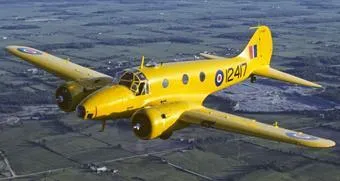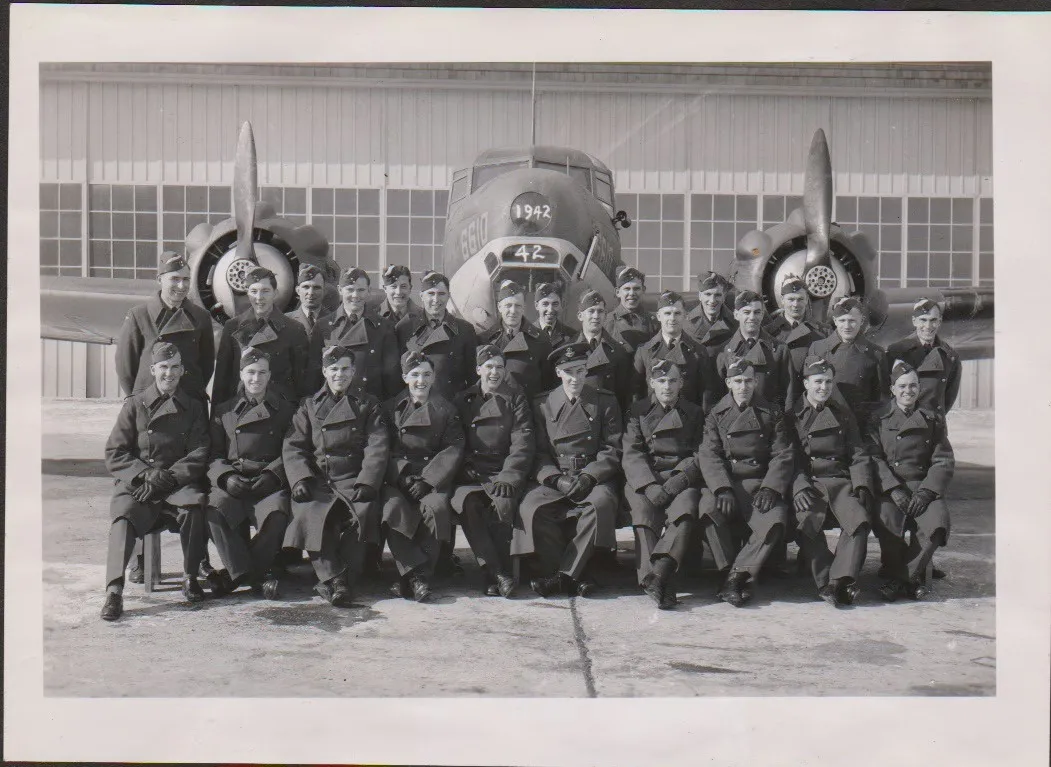Took off from 7AOS on a cross-country navigation exercise.
Aircraft crashed in unknown circumstances. All on board were KIFA>
Killed: LAC Walter Steven Croft, RAF KIFA Hillside Cemetery, Portage la Prairie, Manitoba, Lot 366 Block 2 Grave 3. Flight Sergeant Peter Douglas McIntyre, RCAF KIFA Hillside Cemetery, Portage la Prairie, Manitoba, Lot 367 Block 2 Grave 1. LAC William Edward Weatherley, RAF KIFA Hillside Cemetery, Portage la Prairie, Manitoba, Lot 366 Block 2 Grave 4. Civilian C B Barber, RCAF? passenger KIFA.





